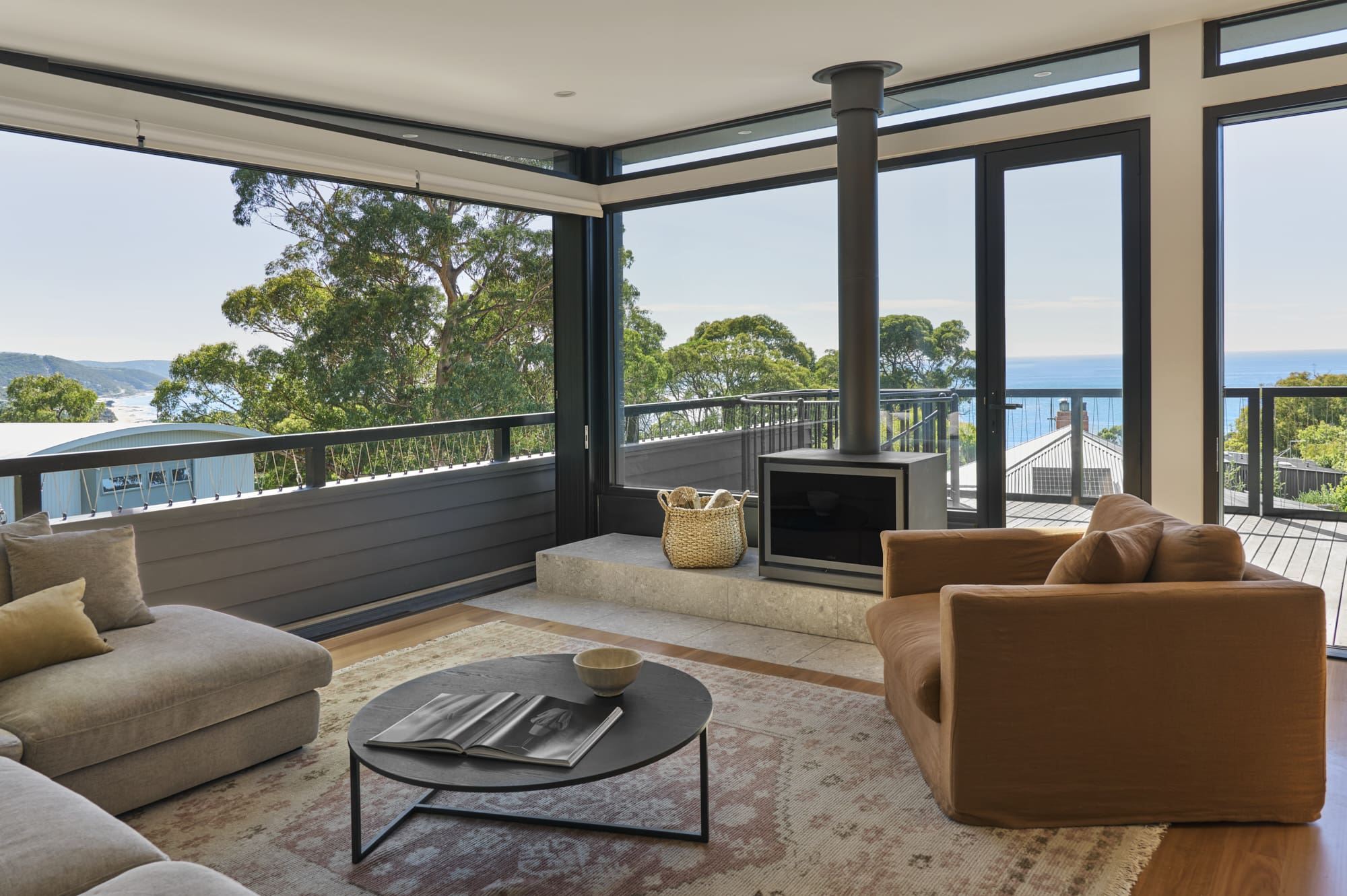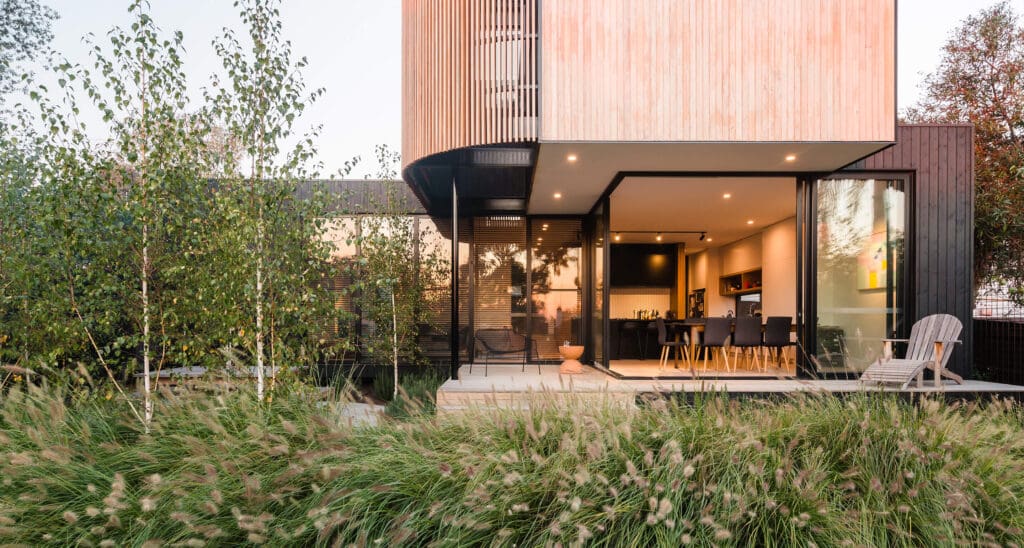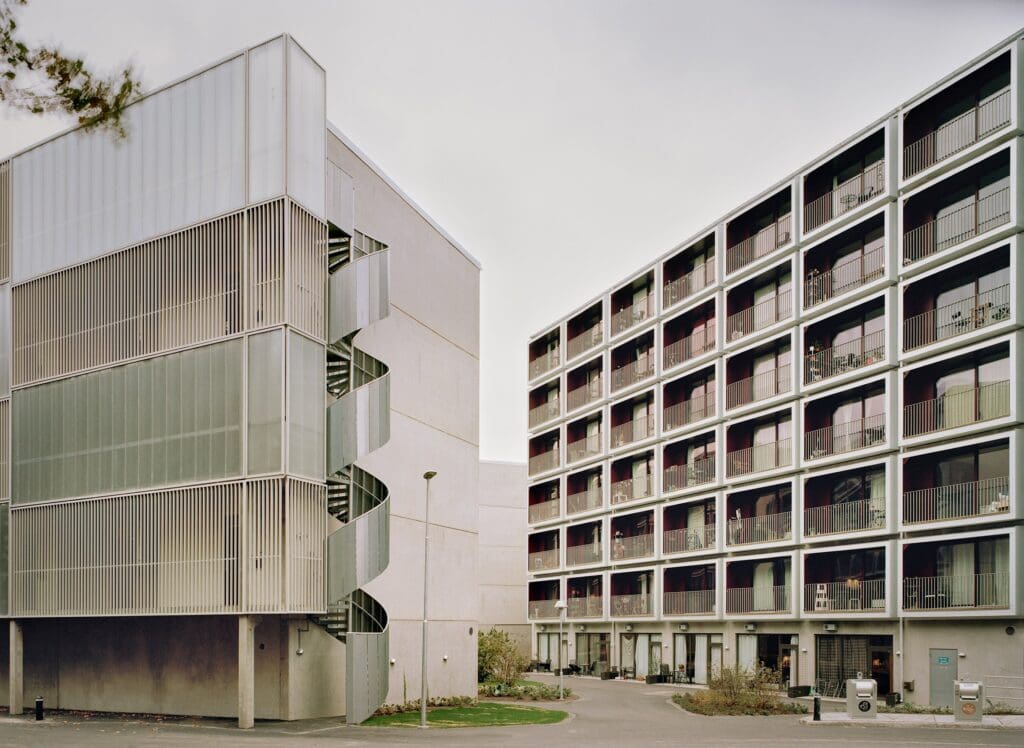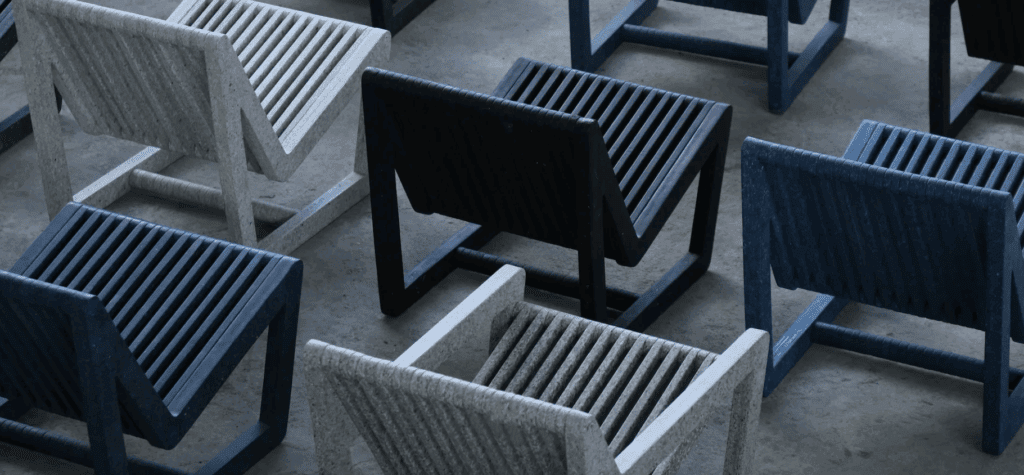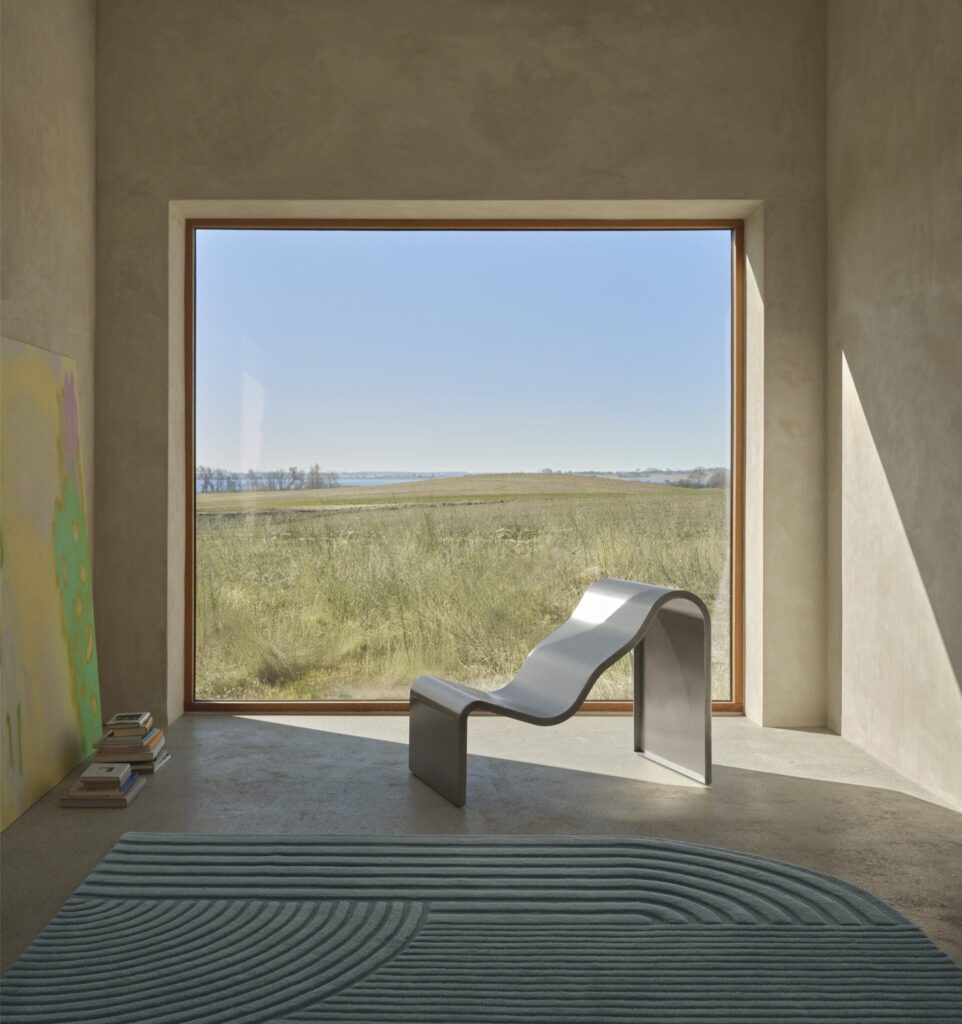Designed for Comfort: Integrating Heating into Modular Homes
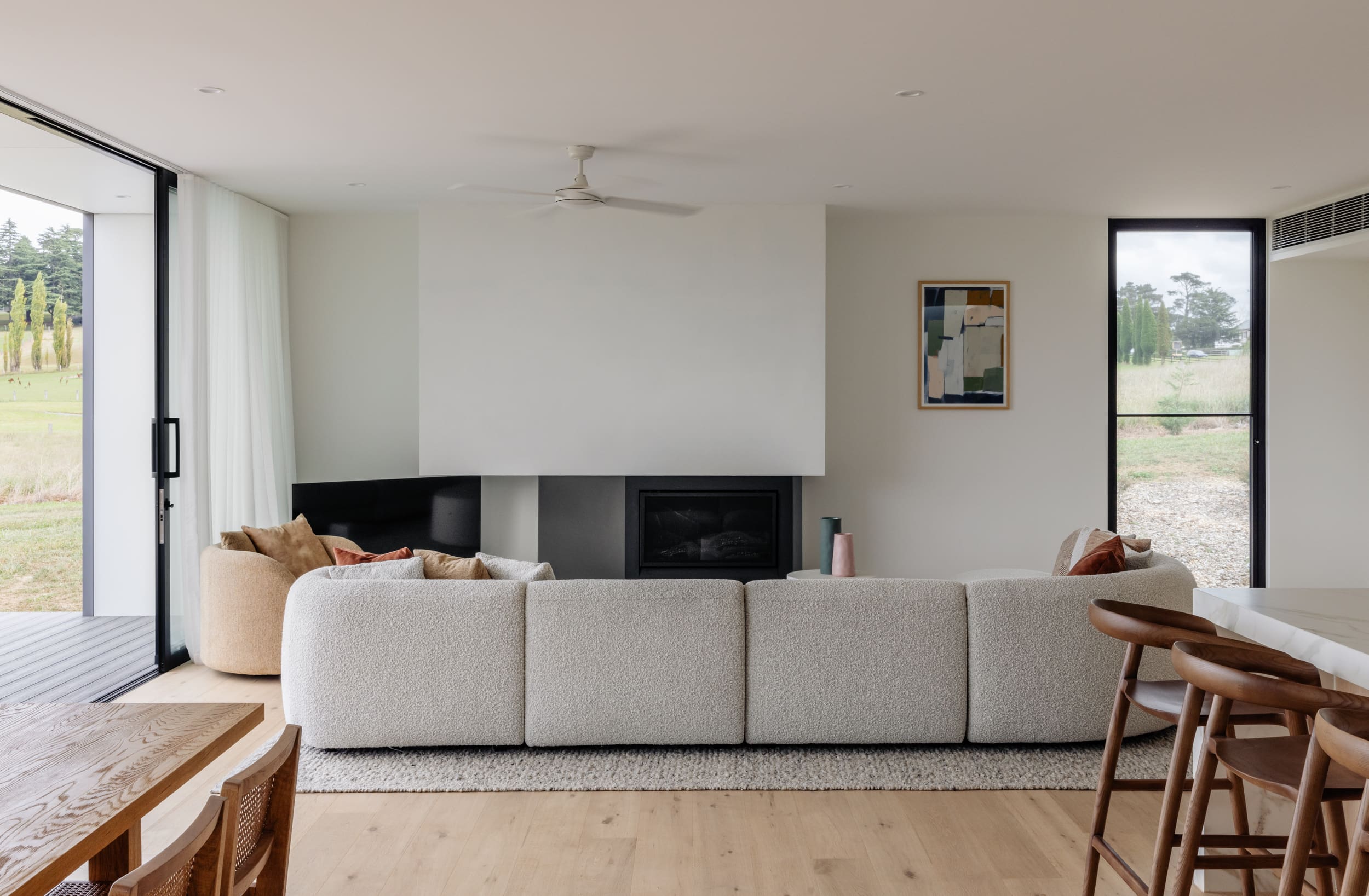
Heating in a bespoke modular home is more than a utility—it’s a design decision. Every system is integrated from the outset to enhance comfort, support longevity, and work in harmony with the architecture.
At Modscape, we embed heating solutions from the earliest design stages, ensuring systems work in harmony with the building’s structure, materials, and passive design principles. This integration not only delivers consistent, energy-efficient warmth but also preserves the clean lines and spatial clarity that define modern modular architecture.
In high-performing homes, comfort isn’t just about the final temperature on a thermostat – it’s about how a space feels to inhabit. Heating plays a critical role in that experience, yet the best systems are often the ones you never notice. It begins with orienting spaces to harness the sun’s warmth, using thermal mass to store it, and zoning layouts to reflect how people actually live. The result is a baseline of thermal stability that reduces reliance on active systems.
Where mechanical heating is required, it becomes part of the architectural language. Materials are selected with performance in mind – timber, concrete, and high-performance glazing each play a role in retaining or radiating warmth. And because our builds are fabricated to millimetre precision, there’s an inherent airtightness and thermal efficiency that make heating systems far more responsive and economical.
We also consider the lifecycle of each system – how it will perform, how it can be upgraded, and how it aligns with broader goals around electrification, renewables, and low-carbon living. In this way, heating is not just a functional decision, but a design one – contributing to comfort, sustainability, and the tactile quality of the home. We tailor heating to each project, drawing from a selection of systems including:
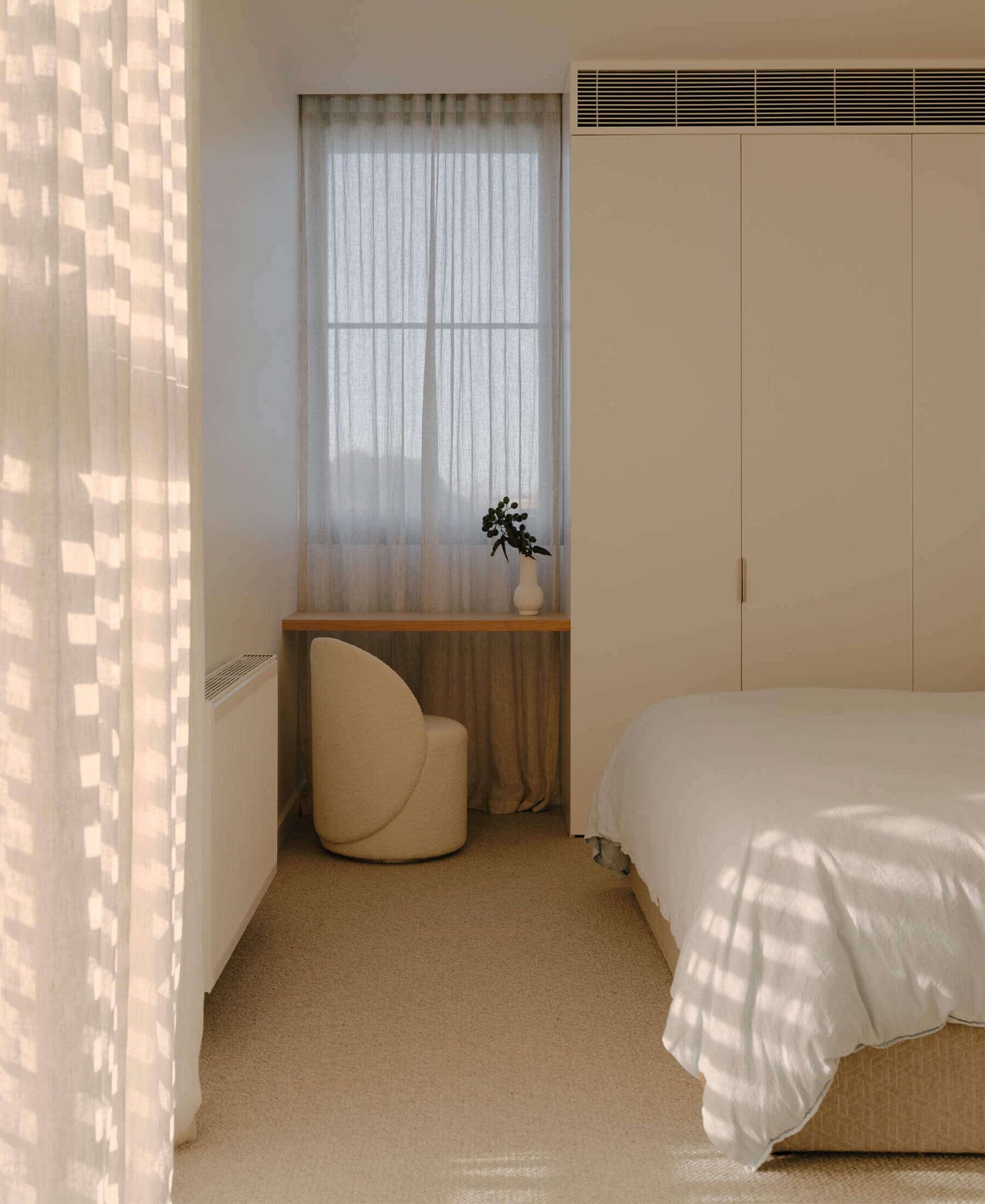

Hydronic Underfloor Heating
Hydronic underfloor heating is a radiant system where warm water circulates through pipes embedded within the concrete slab or floor build-up. This method provides gentle, even warmth that radiates upward, creating a comfortable living environment without the noise or drafts associated with forced air systems. Because the heat is distributed across the floor surface, it supports zoning—allowing different areas of the home to be heated independently, improving energy efficiency. Hydronic systems pair exceptionally well with low-carbon energy sources such as heat pumps or solar thermal setups, making them a future-proof choice aligned with sustainability goals. The discreet installation also preserves clean interior lines, a key consideration in bespoke modular design.
Reverse-Cycle Air Conditioning
Reverse-cycle air conditioning offers versatile heating and cooling in one system, making it ideal for climates with seasonal variation. By extracting heat from outside air—even in cooler weather—and transferring it indoors, these systems deliver efficient warmth with relatively low energy consumption. In modular homes, reverse cycle units can be integrated with ducted systems or as standalone units, providing flexibility for different layouts and client preferences. They are known for rapid response times and precise temperature control, contributing to occupant comfort. When combined with the home’s airtight construction and insulation, reverse cycle air conditioning can maintain consistent indoor temperatures with minimal energy waste.
Split System Units
Split system units consist of an outdoor compressor and an indoor air handler, delivering heating and cooling directly to specific rooms or zones. This makes them an excellent solution for targeted temperature control, secondary living areas, or smaller modular homes where full ducted systems may not be practical. Their compact footprint and relative ease of installation suit the modular build process well. Modern split systems are highly efficient and quiet, and many models come with smart controls for enhanced user convenience. While not as seamlessly integrated as hydronic or ducted systems, split units offer a cost-effective, flexible option without compromising comfort.
Fireplaces
Often chosen for their visual warmth and architectural presence, fireplaces can anchor a living space while contributing to overall comfort. When integrated thoughtfully, they enhance ambience and support passive heating strategies.
Each system is selected not only for performance, but for how well it integrates with the architectural intent of the home. From duct pathways and floor build-ups to zoning strategy and energy modelling, every choice is made with an eye toward longevity and comfort. True comfort is about a home that feels considered, refined, and effortless to live in. And in a bespoke modular home, that begins with systems designed not just to perform, but to belong.
